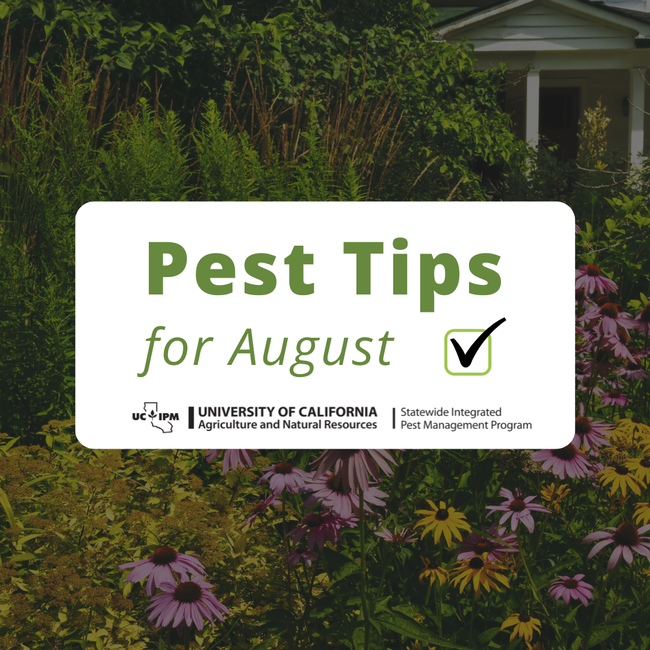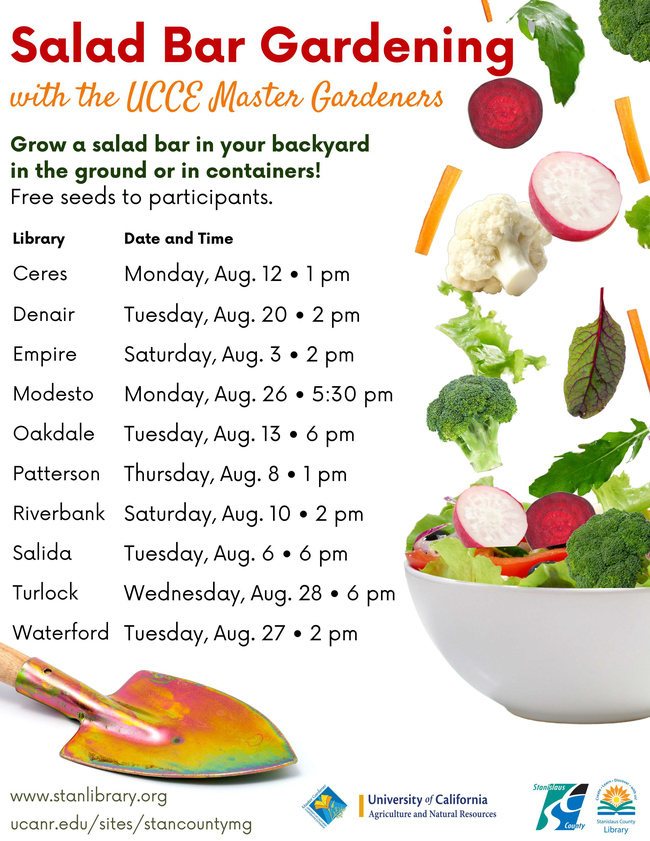- Author: Denise Godbout-Avant
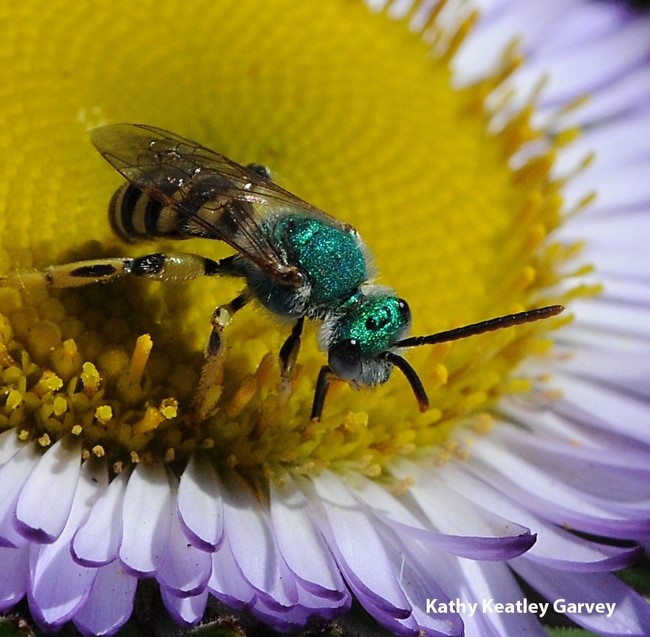
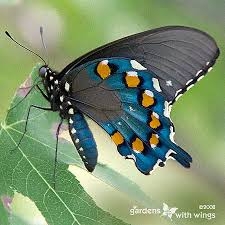
Due to climate change, California's Central Valley weather is getting hotter and drier with longer periods of drought likely, interspersed with occasional wet years. Growing native plants in our gardens is one of the ways we can have water-wise, environmentally friendly, colorful plants that support local wildlife.
If you are interested in learning about native plant gardening, how to start planting and caring for native plants, what plants are California natives, come to one of the Stanislaus County UC Master Gardeners' library talks during September. Like many of my fellow Master Gardeners, I love to share my love and knowledge of native plants!
Denise Godbout-Avant has been a UC Master Gardener in Stanislaus County since 2020
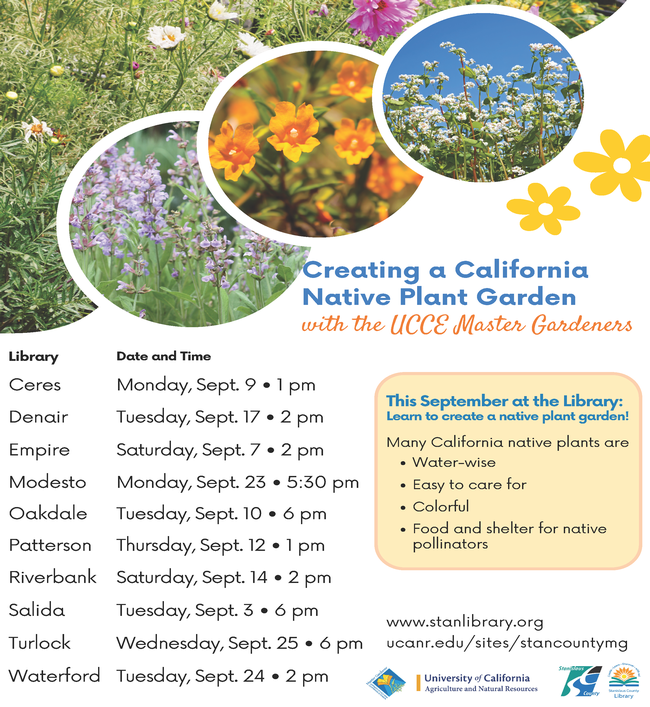
- Author: Denise Godbout-Avant
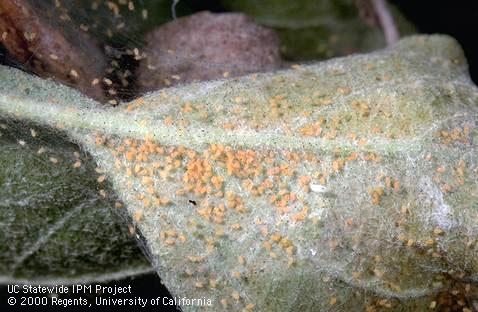
What are Spider Mites?
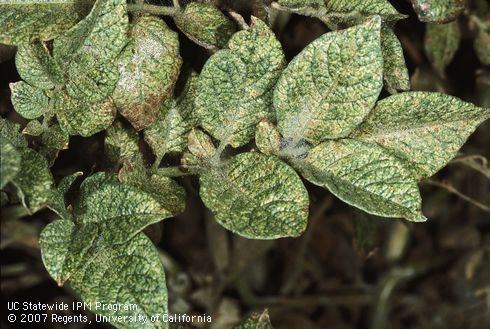
The initial damage generally appears as a stippling of light dots on the leaves. Heavily infected leaves turn yellow or bronze and fall off. To spread to new locations, these mites make use of “ballooning” by becoming airborne on a strand of webbing in the wind. If conditions are favorable, some spider mite varieties can hatch in 3 days and become sexually mature in as little as 5 days. A female can lay up to 20 eggs per day, live to 2-4 weeks, laying hundreds of eggs. This accelerated reproductive rate allows their numbers to grow rapidly, and to adapt quickly, becoming resistant to pesticides.
How To Control Spider Mites
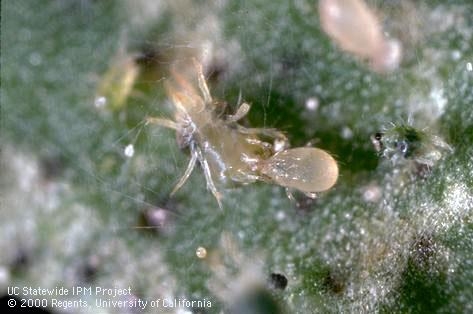
Keeping the dust down by planting ground covers, using mulches, and irrigating regularly also reduces the chances of getting spider mite infestations. Ensure your plants are getting enough water to reduce drought stress – stressed plants are more susceptible to harmful insects and diseases. If you do have a large spider mite population, apply water spray or mist to the undersides of the leaves at least twice a day to help decrease their numbers since they prefer dry conditions.

For More Information
UC Integrated Pest Management (IPM) has additional information on how to identify spider mites, their life cycle, plant damage, and how to control:
UC QUICK TIPS: https://ipm.ucanr.edu/QT/spidermitescard.html
UC PEST NOTES: https://ipm.ucanr.edu/legacy_assets/PDF/PESTNOTES/pnspidermites.pdf
Denise Godbout-Avant has been an UC Cooperative Extension Master Gardener in Stanislaus County since 2020
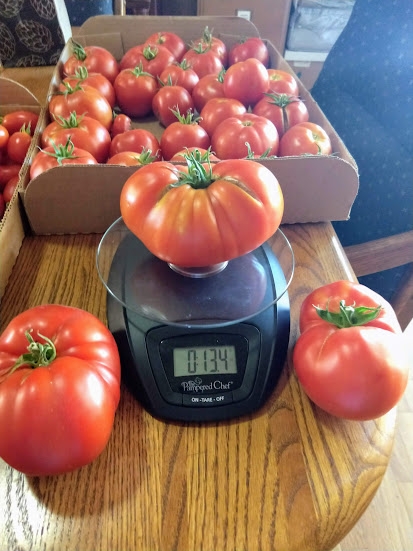
Did you know? Not all saved tomato seeds will produce the same tomato you ate! Find out why and learn the method of how to save them in this informative and hands-on workshop. You'll take home seeds to save and a copy of the presentation.
When: Saturday, August 24, 2024 9:30 a.m. - 12:00 p.m.
Cost: $10
Location: Stanislaus County Ag Center, Modesto
Sign Up Link: https://ucanr.edu/totally/tomatoes/2024
Questions? (209) 525-6862
UC Cooperative Extension Master Gardener Instructor: Heidi Aufdermaur
If you'd prefer to pay by cash or check, you can send or drop payment by the office. Please sign up and pay by August 15 to reserve your space!
- Author: Lauren Fordyce
Summer is in full swing and while it's been quite hot in many parts of California, it's been very cool in others. That's why UC IPM's Seasonal Landscape IPM Checklist is a useful tool to help you figure out what to do in your region each month!
Here are some general tips for the month of August to prevent pests and their damage in the garden and landscape. Visit the tool to see more pest management to-dos in your region.
- Manage ants around landscapes and building foundations using insecticide baits and trunk barriers.
- Prune off galled branches caused by olive knot and oleander gall, or knot.
- Monitor for grape diseases such as powdery mildew, Eutypa dieback, Phomopsis cane and leaf spot, and others. Prune, remove, or treat as appropriate.
- Clean up fallen fruit or nuts to avoid attracting or harboring pests.
- Keep an eye out for stone fruit pests such as aphids, borers, brown rot, caterpillars, powdery mildew, and scale insects.
- Maintain a fire safe landscape by creating “defensible space.” Thin out thick vegetation and eliminate fuel ladders that allow fire to climb up trees or structures. Remove dry, resinous or dead plants and flammable debris. Cut branches back 15 to 20 feet from buildings. Use non-combustible surfaces for walkways, patios and driveways.
- Bag apple and pear fruit to prevent codling moth damage. Remove infested or dropped fruit promptly.
- Look for leaffooted bugs feeding on fruit and nuts such as almonds, pistachios, and pomegranates.
Don't see your county on the checklist or want to provide feedback? Let us know!
Lauren Fordyce has been the UC IPM Urban Educator since 2022.
- Author: Denise Godbout-Avant
Gardeners who grow vegetables throughout the year are always looking ahead to the next season and their next garden. The cooler months of autumn (yes, the hot days of summer will eventually end!) are the perfect time to plant the leafy and root vegetables that go so well in autumn salads and winter soups.
To help gardeners start planning their gardens for September and October, the Stanislaus County UC Master Gardeners will be giving talks at county libraries in August on how to Grow a Salad Bar. Topics covered will include what vegetables are best to grow during the fall and winter months, when and how to start from seed, caring for and transplanting the growing plants, when they can be harvested, along with how to identify and manage some common pests and diseases.
So, whether you have had a cool weather vegetable garden before or are doing this for the first time, come to your local county library to get ideas on how to grow your fall and winter garden. Plant in the fall or winter and enjoy your harvest later in the fall, winter or next spring!
Free seeds to participants (while supplies last).
Denise Godbout-Avant has been a UC Master Gardener in Stanislaus County since 2020

